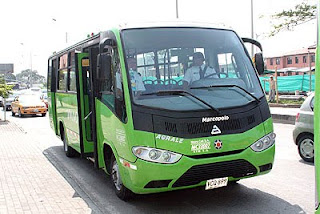This blog is about the “Mio”, and the process of learning how to measure its routes, the distance between the stations and every single thing that we can learn about it. But the main purpose of this study, and which will make the project work, is learning the metric units of length, such as kilometers, hectometers, and meters; and also learn in miles, for then we can easily recognize them in any situation that comes our way. So, through using this blog we can learn those aspects, plus practice teamwork and finally, learn more about math in general. We hope that this project we’ve made will be helpful to you in many ways, hopefully helping you to learn many more things than you expected. So one day you can thank us for all that you’ve learned through our blog. THANK YOU!
Sincerly, Natalia Leguizamon and Mariana Zuluaga













